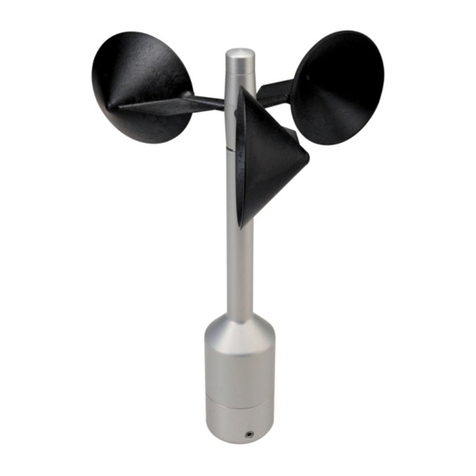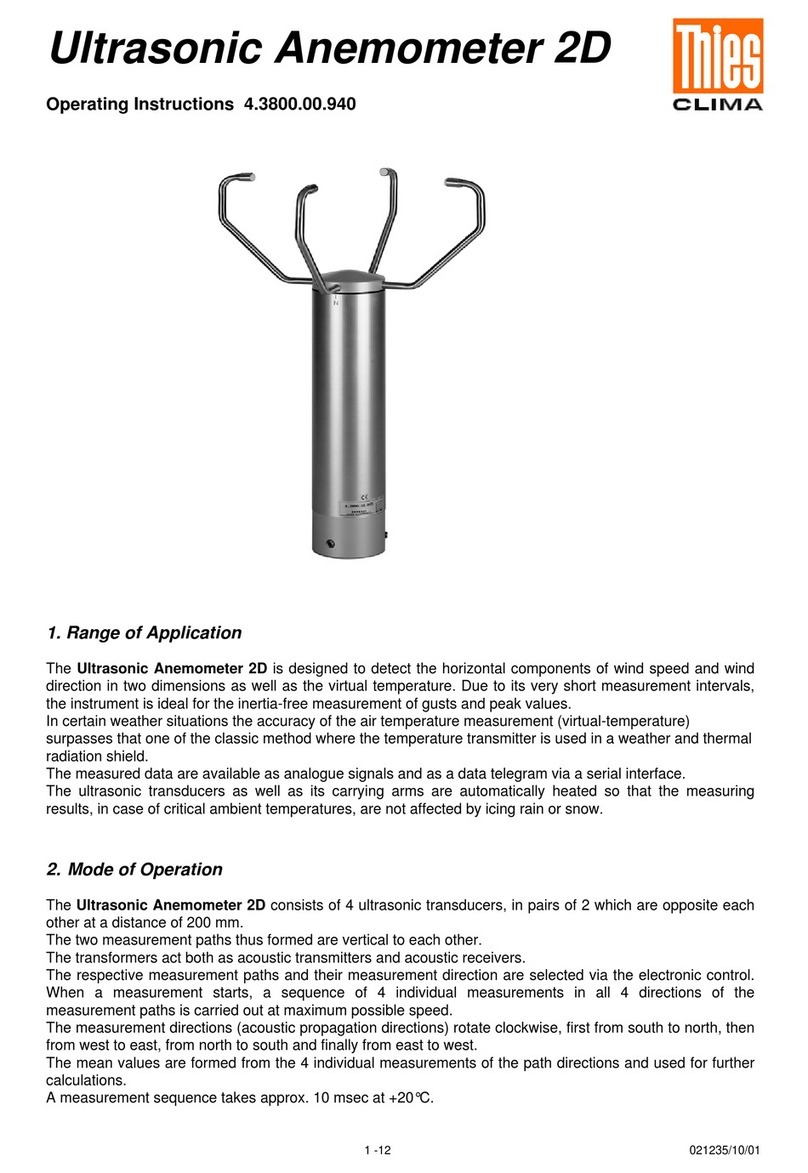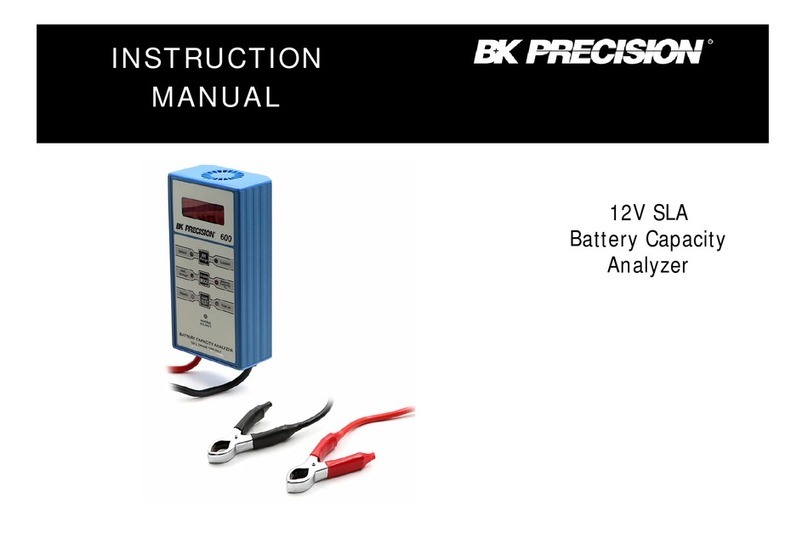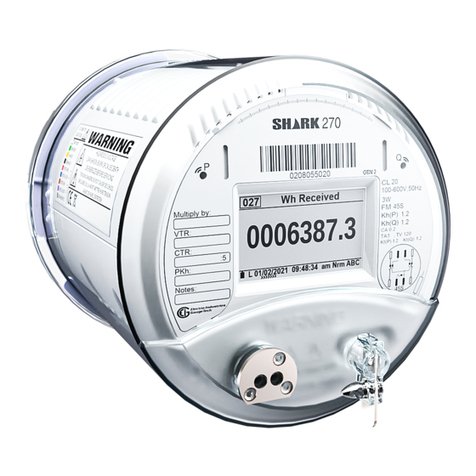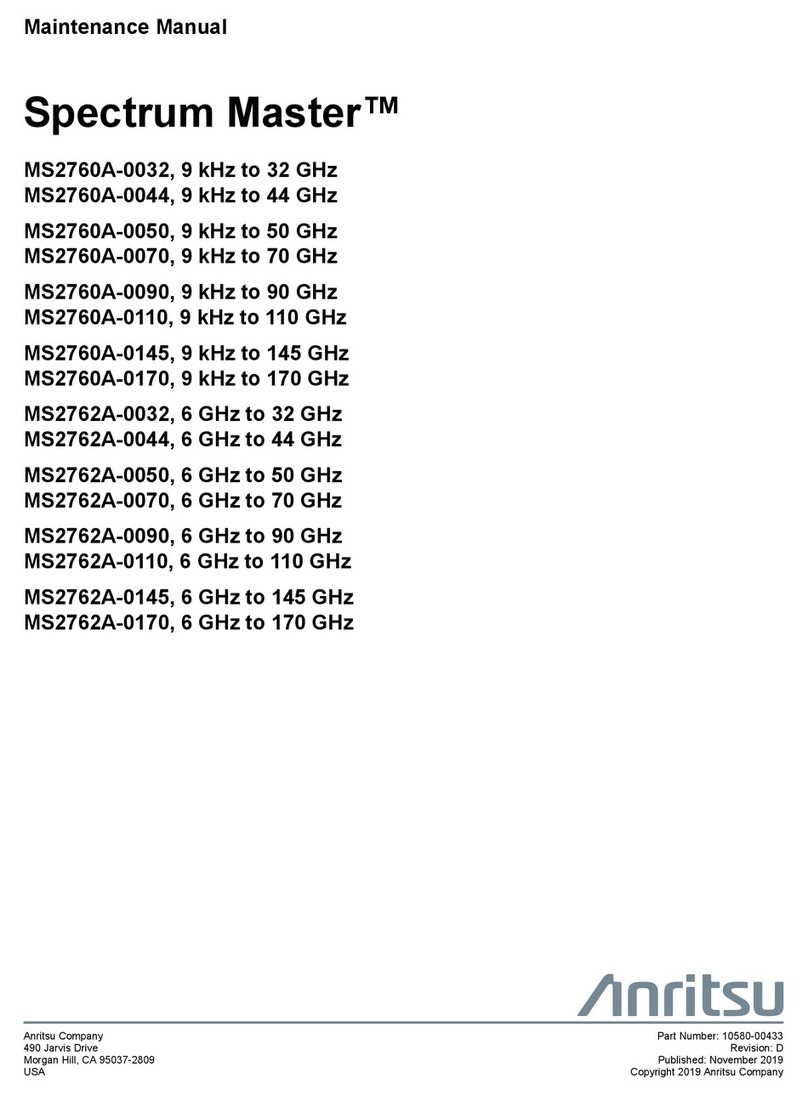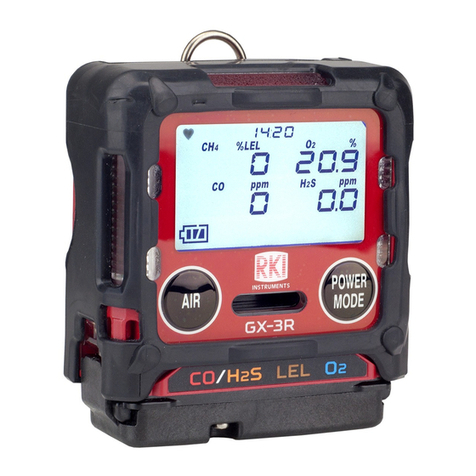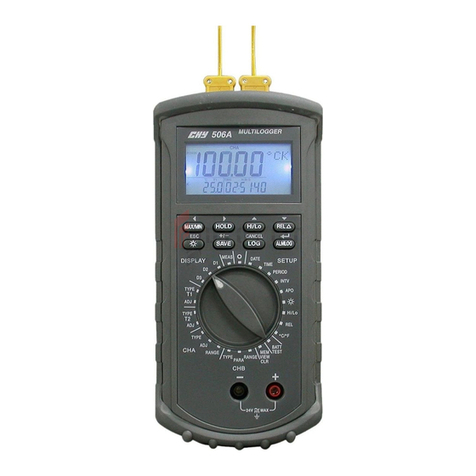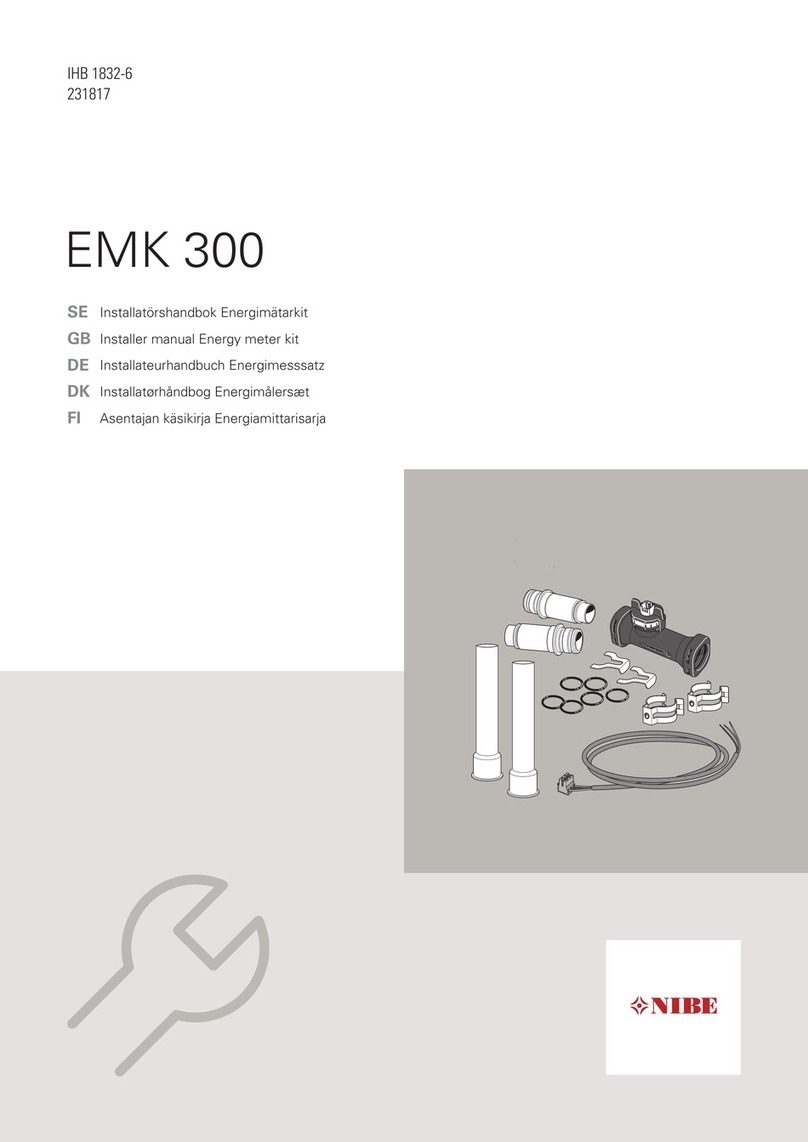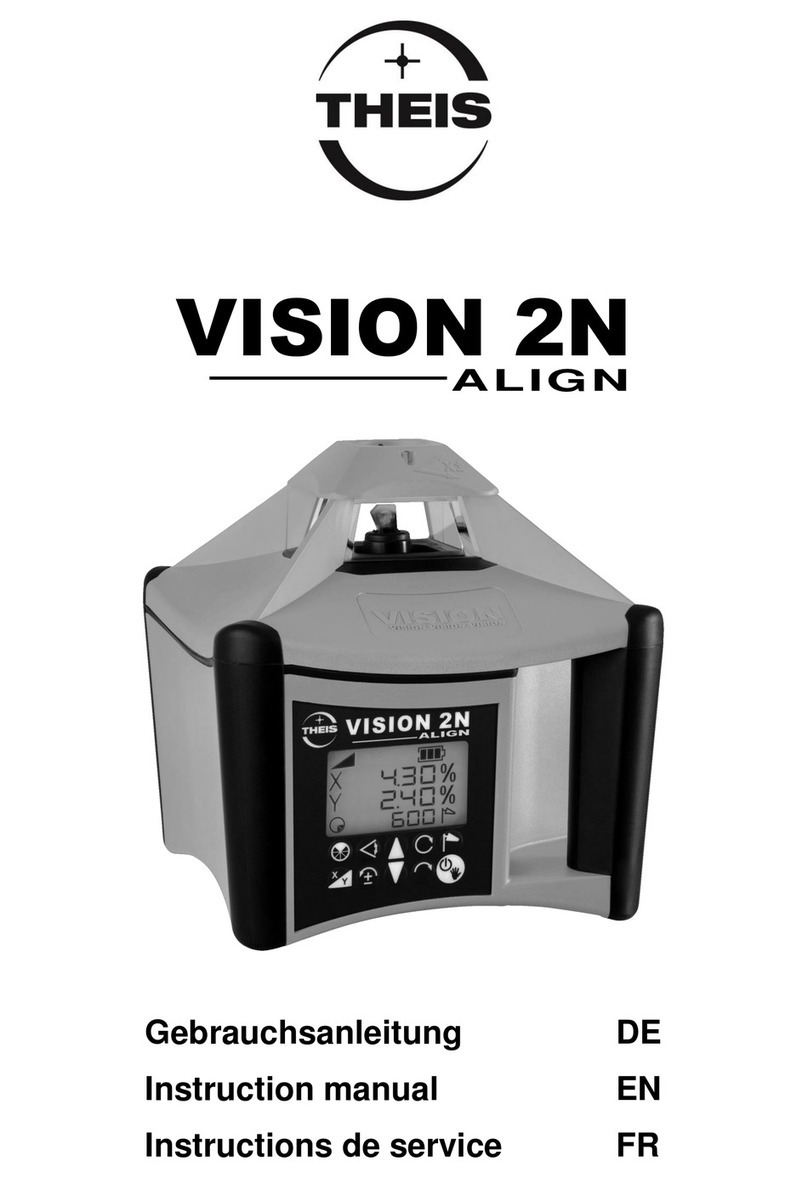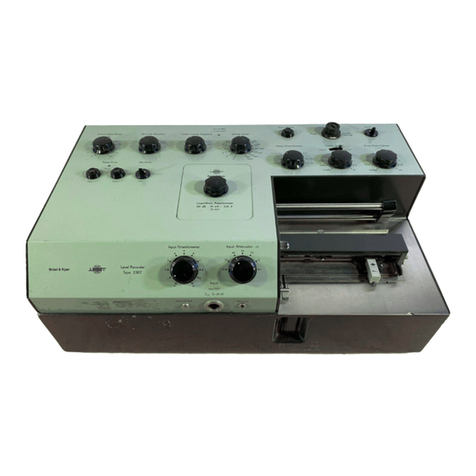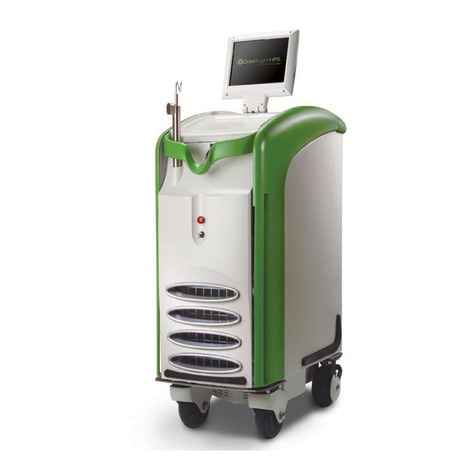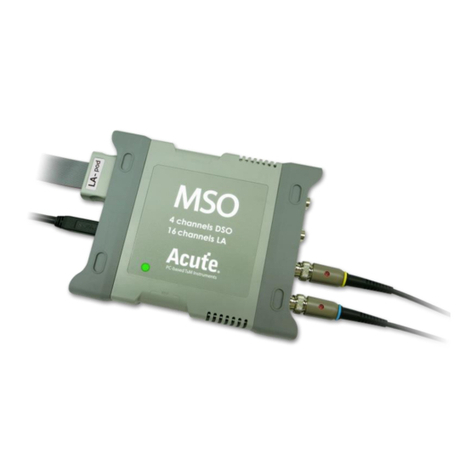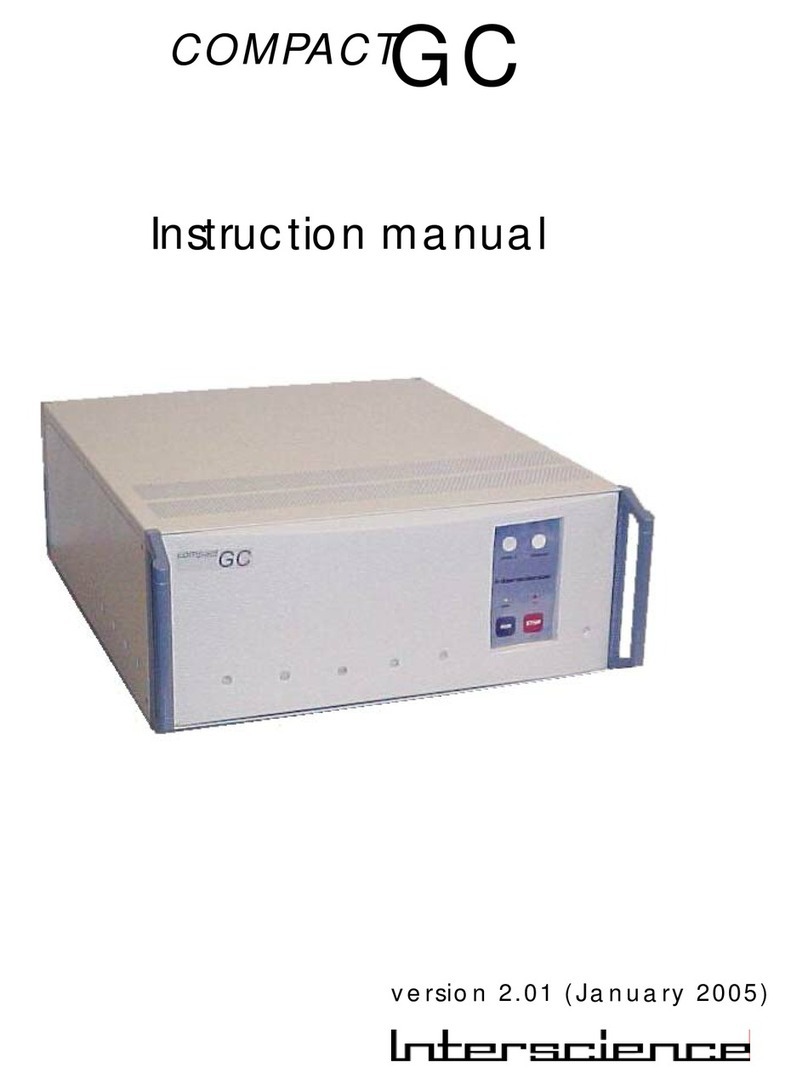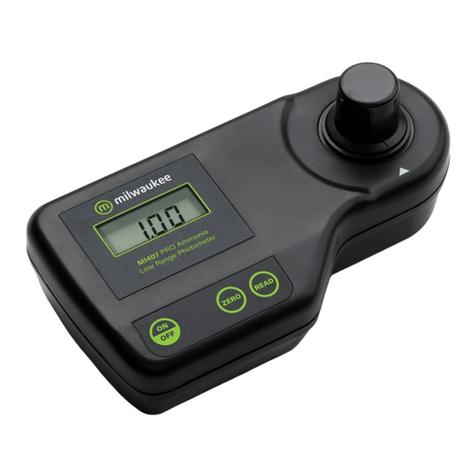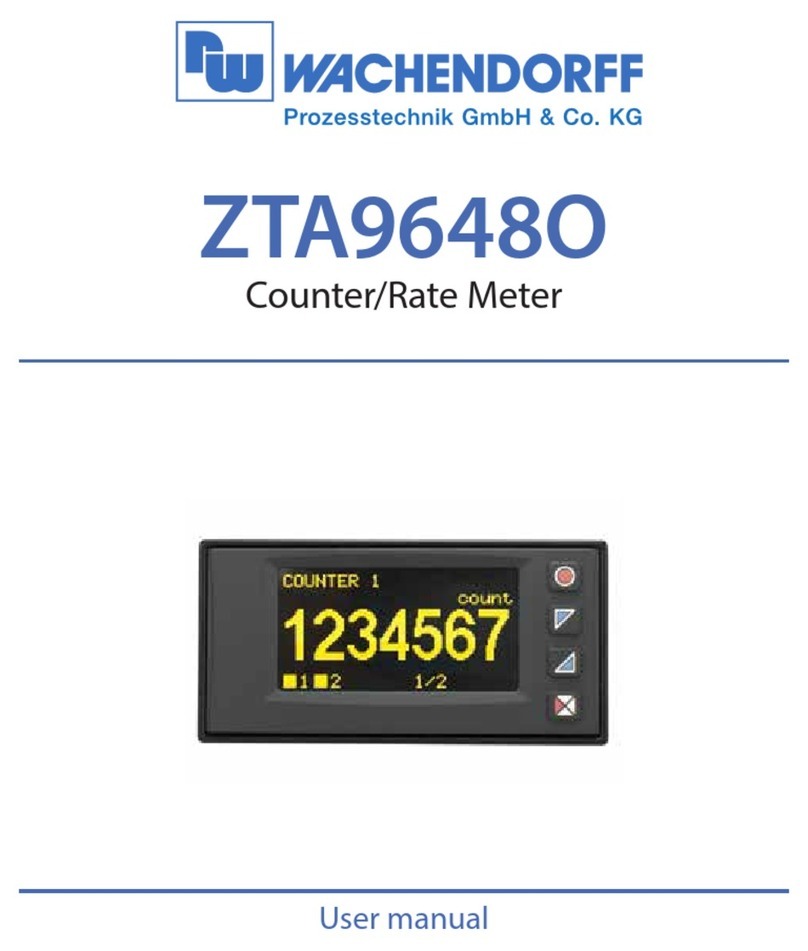
3 - 66 021341/07/11
Contents
1Models .......................................................................................................................................5
2General......................................................................................................................................5
3Mode of Operation of the Laser Precipition Monitor ..................................................................6
4Construction of the Measuring Instrument.................................................................................8
4.1 Heating..............................................................................................................................12
4.1.1 Variant Extended Heating (5.4110.x1.xxx) .................................................................12
5Installation................................................................................................................................13
5.1 Suggestions for Mounting Place........................................................................................ 13
5.2 Mechanical Installation......................................................................................................14
5.2.1 Mounting on Mast.......................................................................................................14
5.2.1.1 Example ...............................................................................................................15
5.2.2 Mounting Angle...........................................................................................................16
5.2.3 Mounting of the Housing Cover .................................................................................. 17
5.3 Electrical Installation..........................................................................................................17
5.3.1 Electrical installation with cable glands.......................................................................18
5.3.1.1 Electrical Installation via Connector ..................................................................... 20
5.3.2 Closing the Instrument Cover ..................................................................................... 20
5.3.3 Optocoupler output.....................................................................................................20
6Maintenance ............................................................................................................................21
6.1 Cleaning............................................................................................................................ 21
6.2 Calibration......................................................................................................................... 21
6.3 Checking the sensor.......................................................................................................... 21
6.3.1 Checking the LED’s....................................................................................................22
6.3.2 Checking by means of a terminal program.................................................................23
7Serial communication...............................................................................................................24
7.1 General telegram format ...................................................................................................25
7.2 List of Commands .............................................................................................................26
7.2.1 Communication commands ........................................................................................27
7.2.2 Reset / Version commands......................................................................................... 28
7.2.3 Data telegrams commands.........................................................................................29
7.2.4 Time / Date commands...............................................................................................30
7.2.5 Diagnostics commands............................................................................................... 32
7.2.6 Calibration commands................................................................................................36
7.2.7 Quantity measurement commands.............................................................................37
7.2.8 Digital output commands............................................................................................ 38
7.3 Data Telegrams.................................................................................................................42
7.3.1 Telegram 4/5: Synop, Metar, Disdrometer, optional measuring channel.................... 42
7.3.2 Telegram 6/7: Synop, Metar, optional measuring channel ......................................... 51





















